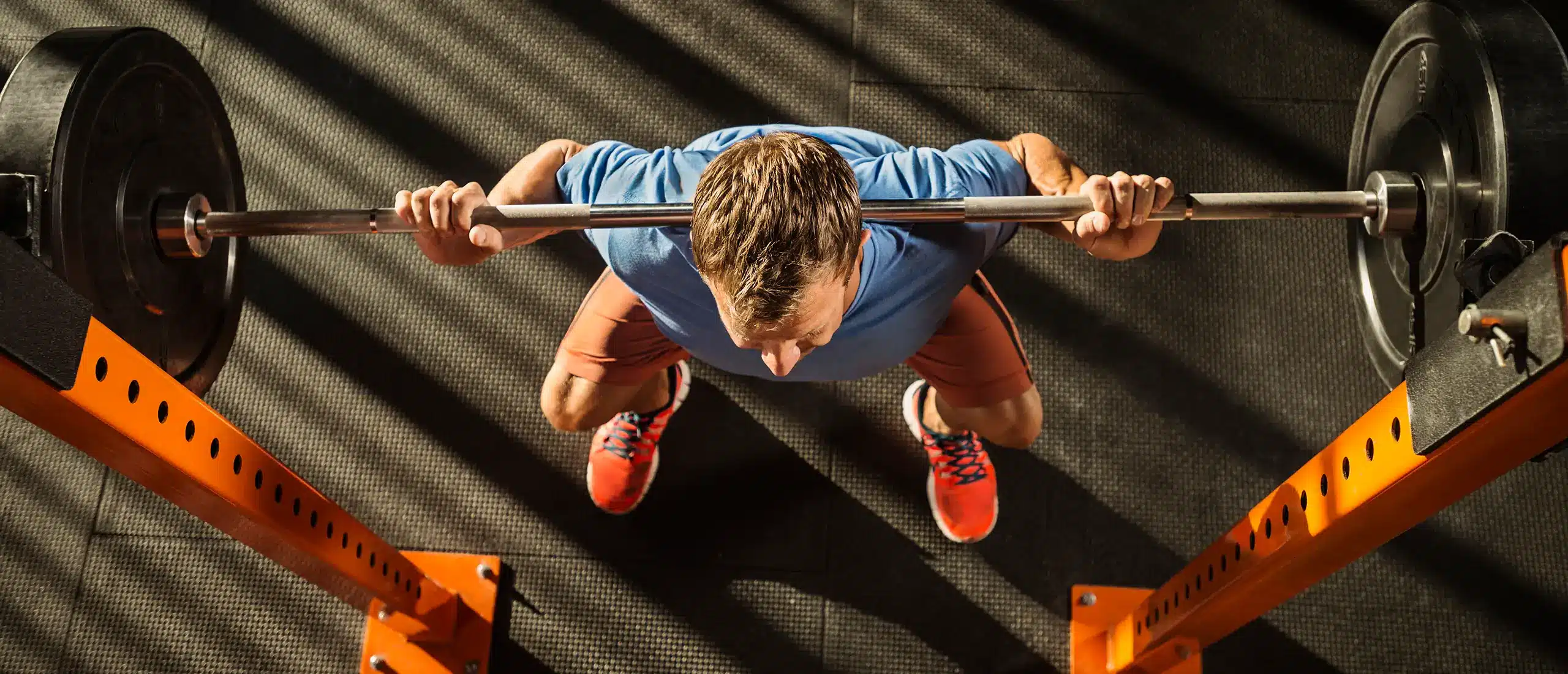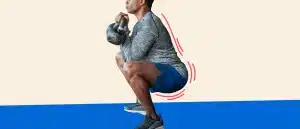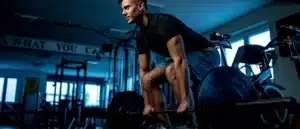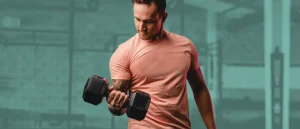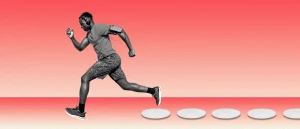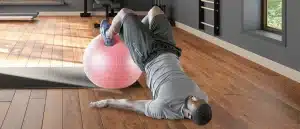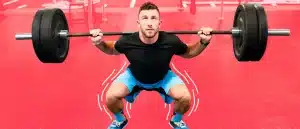If Your Lower Back Hurts After Squats, Here’s What You’re Doing Wrong
For most of us, low back pain is just a normal part of being human. But it doesn’t have to be.
If you have unexplained pain you might be sitting too much (a standing desk can help with that) or maybe you’re doing deadlifts wrong.
Another potential cause is bad squat form.
One of the most common squat mistakes that can lead to back pain is lifting with an anterior pelvic tilt—or an excessively arched back. This can load additional pressure on the spine and cause lower back pain.
One fix: replace your anterior pelvic tilt with a neutral spinal position, says trainer Alexandra Redmond, CPT in a recent Instagram post.
A neutral spine involves bracing your core muscles to lock your spine into its natural curve—a technique trainers swear by to improve form and protect the lower back from soreness and pain.
Here, exactly how to do it and Redmond’s tips for warding off lower back pain from squatting.
How to Squat Without Back Pain
Squatting pain-free starts with good form. Here’s how to squat with a neutral spine:
- Start with feet shoulder-width apart, and toes pointed slightly out.
- Engage your core and activate your glutes, to bring both your pelvis and spine into a neutral position.
- Keep your spine neutral as you push your hips back like you’re sitting in a chair. Lower until your hips are parallel to the ground, or as deep as you can without pain.
- Drive through your heels, flexing your quads and glutes to stand.
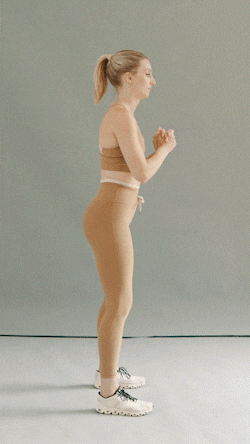
Common Causes of Lower Back Pain From Squats (and How to Fix It)
Lifting with proper form is a good starting point, but it may not be the root cause of your squat problems. In her post, Redmond shares three common factors that might contribute to anterior pelvic tilt—and thus, pain. Always warmup before exercise to help get your muscles ready.
Your hip flexors are tight
Anterior pelvic tilt typically stems from tight hip flexors. Since your hip flexors attach to your pelvis and lower back, tight hip flexors can change the position of your pelvis, which serves as the foundation for your spine.
Since sitting puts your hip flexors in a shortened position, excessive sitting can cause tight hip flexors. So first, get off your ass. Second, work on hip mobility. Try a half-kneeling hip flexor stretch, pigeon pose, or frog stretch.
Your glutes are weak
Where there are tight hip flexors, you can bet weak glutes will follow. Why? Your pelvis is like a delicate bowl: when the front side tilts down the back side tilts up, and vice-versa. Similarly, when the muscles in the front (hip flexors) are tight, the muscles in the back (glutes) are lengthened.
Which means excessive sitting can also contribute to weak or underactive glutes. To strengthen them try reverse hypers, hip thrusts, or Romanian deadlifts.
Your posture sucks
Your posture is either actively working to protect your spine or harm it. In a neutral spine position, your spine is properly aligned to absorb the force that’s placed on it during a squat. But if you’re excessively arched (anterior pelvic tilt) or rounded (butt wink), it can hurt your lower back and your squat performance.
To achieve a neutral spine, Redmond’s favorite cue is to think about bringing your belly button towards your spine. If you’re struggling to get it down while squatting, try this first.
- Lay flat on your back with your knees bent—with your feet resting just below your butt—and your arms relaxed at your sides.
- Breathe in. When you breathe out, activate your core—pressing your lower back into the floor (helpful cue: pretend like a crisp one hundred dollar bill is lying under the arch of your back and you want to close the gap so it doesn’t fly away). Congrats, this position is your neutral spine. Weak core strength can increase the susceptibility of your lower back to injury while performing movements such as squatting.
- Side note, you shouldn’t have to hold your breath to find and hold a neutral spine position. And if you’re squatting heavy, you’ll need oxygen to power through. While you’re here, practice holding a neutral spine while breathing in and out, too.



